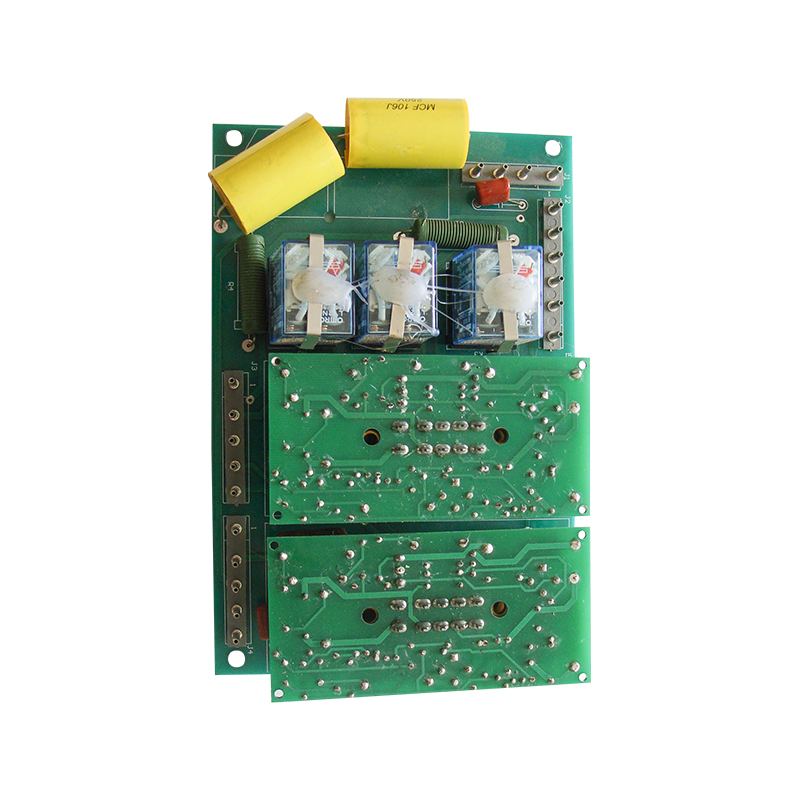Request A Quote

Ultrasonic welding is an advanced manufacturing process used across a wide range of industries to bond plastic components and microfiber fabrics quickly and efficiently. Whether you're assembling mobile phone cases, medical devices, or car bumpers, ultrasonic welding offers a fast, reliable, and eco-friendly solution. However, not every material is suitable for this process, and understanding the ideal materials as well as the limitations of thickness and composition is key to optimizing results.
At its core, ultrasonic welding machines involves high-frequency mechanical vibrations that generate frictional heat between the workpieces at their interface. The heat causes the material to melt and fuse together, forming a strong molecular bond as it cools. This method is particularly well-suited for thermoplastics, materials that soften when heated and solidify when cooled. Plastics like polyethylene (PE), polypropylene (PP), polystyrene (PS), and polycarbonate (PC) are common candidates for ultrasonic welding due to their relatively low melting points and molecular structure, which facilitates efficient bonding. These materials respond well to the high-frequency vibrations because their molecular chains realign effectively during the melting and cooling stages, creating durable welds. The process works similarly well with microfiber fabrics, especially synthetic fibers like polyester and nylon, where the heat and pressure cause fibers to melt and bond without additional adhesives or sewing.
However, not all plastics are ideal for ultrasonic welding. Thermoset plastics, which cure and set permanently during manufacturing, cannot be re-melted once formed, making them unsuitable for this process. Materials with fillers, reinforcements, or other additives may also pose challenges. For instance, fiber-reinforced plastics, which contain materials like fiberglass, can interfere with the welding process. The non-plastic components in these composites do not melt evenly with the plastic matrix, leading to weak or inconsistent welds. In such cases, while the plastic component might bond, the integrity of the overall part could be compromised, which is especially problematic in critical applications like automotive or medical device manufacturing.

The thickness of the material is another factor that significantly impacts the effectiveness of ultrasonic welding. Generally, ultrasonic welding is more effective on thin to medium-thickness plastics, as thicker materials may not transmit the high-frequency vibrations efficiently to the bonding surface. In the case of thicker parts, the energy can dissipate before reaching the entire bonding area, resulting in partial or weak welds. Most ultrasonic welders are designed for parts less than 6mm thick, although specialized equipment can handle thicker materials, albeit with more complexity and increased energy requirements.
Despite these limitations, ultrasonic welding remains a versatile technology, particularly when working with multi-layer materials or fabrics. In applications like welding microfiber fabrics for mop heads, helmet straps, or non-woven materials, ultrasonic welding excels due to its ability to bond without compromising the flexibility or strength of the material. This feature is a huge advantage in textile manufacturing, where traditional sewing methods may not deliver the same strength or durability.
Another critical consideration when selecting materials for ultrasonic welding is the melting point and chemical composition of the material. For successful welding, the two pieces being joined should ideally be made from the same or very similar polymers. If there is a significant difference in melting points between the two materials, achieving a strong, consistent bond becomes much more difficult. For example, welding polypropylene to polyethylene is feasible because their melting points are close, but welding polypropylene to a higher melting-point plastic like PEEK (polyether ether ketone) would be problematic, as the lower melting point material would degrade or burn before the higher one reaches its softening point.
On the practical side, automation and cost-efficiency are major selling points for ultrasonic welding. Modern ultrasonic welding machines can be integrated into automated production lines, dramatically speeding up the manufacturing process. With cycle times often less than a second, it’s perfect for high-volume industries like automotive, electronics, and even the toy industry. Additionally, because the process does not require any additional materials—such as screws, adhesives, or solvents—it reduces production costs and minimizes the environmental impact of the manufacturing process.
Copyright © ChangZhou AoHeng Machinery Co., Ltd. All Rights Reserved

 English
English 中文简体
中文简体 русский
русский Español
Español